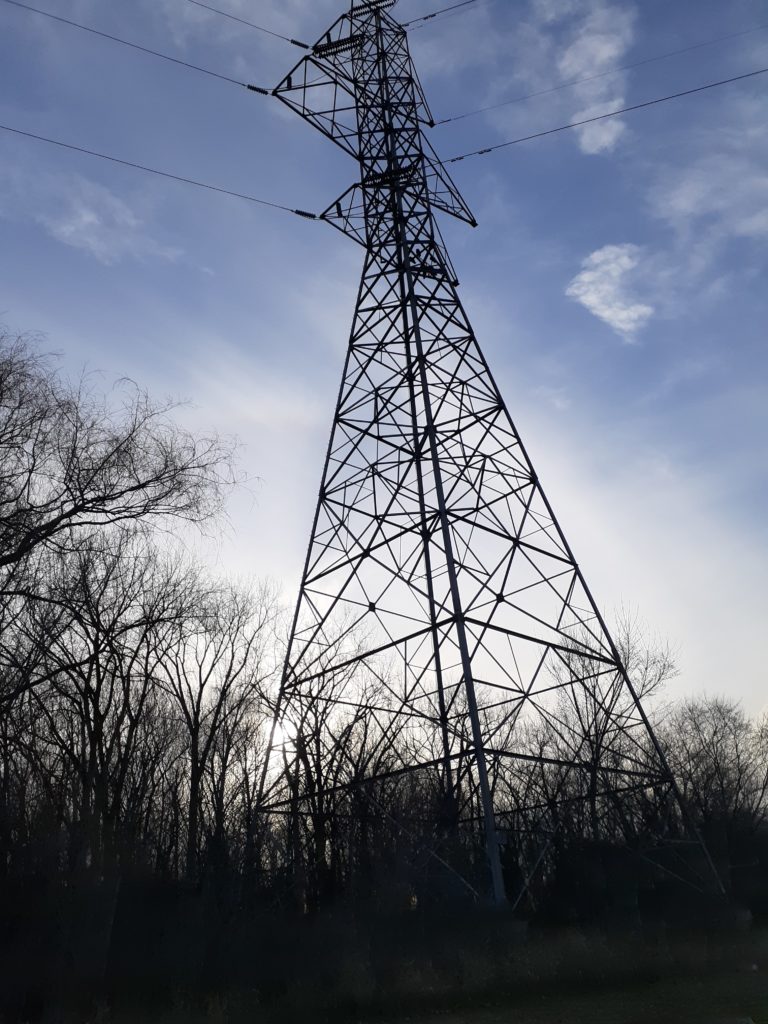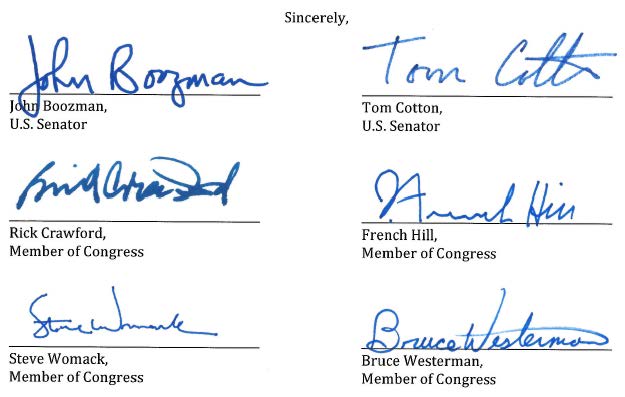DOE wants our comments on transmission “facilitation”
May 22nd, 2022
On May 12, 2022, the DOE released a “Notice of Intent and Request for Information Regarding Establishment of a Transmission Facilitation Program.” Comments are due June 13. Here’s the Federal Register publication:
https://www.govinfo.gov/content/pkg/FR-2022-05-12/pdf/2022-10137.pdf
One aspect that particularly concerns me is focus on NIETC transmission corridors, designated more than a decade ago, 2005 to be precise, and also containing a category of claimed need for “transmission across more than one state or transmission region.” That criteria would apply to almost every transmission project I’ve worked on, although most were segmented (so that the full extent of the project would not be considered or evaluated, DOH!):
What to comment on? Go to the above Federal Register link, and specific issues for comment start on page 6, “Questions for Requests for Information.” However, if you know of issues that should be considered but are not specified, have at it, put it down in detail.
I do get a little paranoid when they request comments on subjects like this — that “barriers to transmission” is one often raised by Beth Soholt, WOW (now as “Clean Grid Alliance” even more directly identifiable as transmission toadies), and here it is:
Comments are due by June 13, and should be sent to the “Federal eRulemaking Portal” (the only option), and must include the “agency name and identifier.” The agency is “Grid Deployment Office, Department of Energy.”
A decade ago or more, our state agencies eliminated consideration and scrutiny of “need” for transmission by making transmission a “regional” and market matter, making state permitting review nothing more than a rubber stamp. There’s never been a transmission proposal that state agencies didn’t love, rubber stamping everything that came their way. Now that fossil is to be shut down, that should free up immense capacity, but you’ll note that that doesn’t ever seem to be in the mix. Even NERC notes that fossil generation isn’t projected to decrease much, and locally, a good example is GRE’s walk-back on their promise to close Coal Creek, and instead “sold” the plant and transmission, and signed PPA to buy the Coal Creek generated energy.
Here’s NERC’s 2021 Long Term Reliability Assessment’s projection of MW of resources, note that coal doesn’t seem to be going anywhere anytime soon:

If shuttering down fossil is not incorporated into the transmission capacity “need,” exactly what are they basing the “need” claim on? Inquiring minds want to know.
Anyway, do check out the request for comments and let them have it. There are a many specific issues presented that has something for everyone!
Arkansas Delegation, Section 1222, and Clean Line
September 15th, 2015
Yesterday, the Arkansas Delegation hit Plains & Eastern Clean Line where it counts — a line drive to the Secretary of the DOE with this letter:
Maybe this letter should have been headed “FREEDOM OF INFORMATION ACT REQUEST.” Plains & Eastern Clean Line applied under Section 1222 of the Federal Energy Policy Act of 2005.
For reference, here’s Section 1222 of Energy Policy Act 2005.
Many of the points raised were ones brought forward in testimony, public comments, and media reports of the Plains & Eastern Clean Line transmission line proposal. Questions the AR delegation raised include basic project information and:
- transactions and costs related to participation in Section 1222;
- obvious failure to qualify because it is not in a “national interest electric transmission corridor” under Section 216(a) of the Federal Power Act;
- improper use of Federal eminent domain authority undermining states’ rights;
- that the project is outside the statutory mission of federal Power Marketing Administrations (Southwestern PMA is proposed by Plains & Eastern Clean Line as partner in its project);
- project boundaries extend beyond the statutory boundaries of Southwestern Power Administration;
- costs for this private project could be transferred to electric utilities and their customers and this possibility has not been walled off/mitigated to insulate Southwestern’s customers;
- concerns about “non-completion” assessment of costs and prevention/mitigation have not been addressed;
- Clean Line’s assertions that they will pay certain taxes to local communities have not been investigated and verified;
- use of existing federal rights-of-way and federal land;
- Clean Line’s substantially incorrect, misleading, and/or inconsistent statements, which are basis for rejection or denial of the application, have not been addressed;
- draft EIS “did not meet the expectations of an inclusive, community-driven feedback process” expected of administrative agencies, and public comment periods and involvement of landowners and stakeholders was insufficient public engagement;
- questions regarding tribal consultation; questions regarding DOE position on state’s role in siting under Section 1222;
- impacts of traversing Mississippi Flyway on waterfowl and migratory birds, together with resultant economic and recreational impacts;
- impacts on public recreation on outdoor recreation in Arkansas;
- use of non-governmental email accounts for Department deliberations regarding this project.
Like WOW! I’m impressed — this letter is a work of art.




